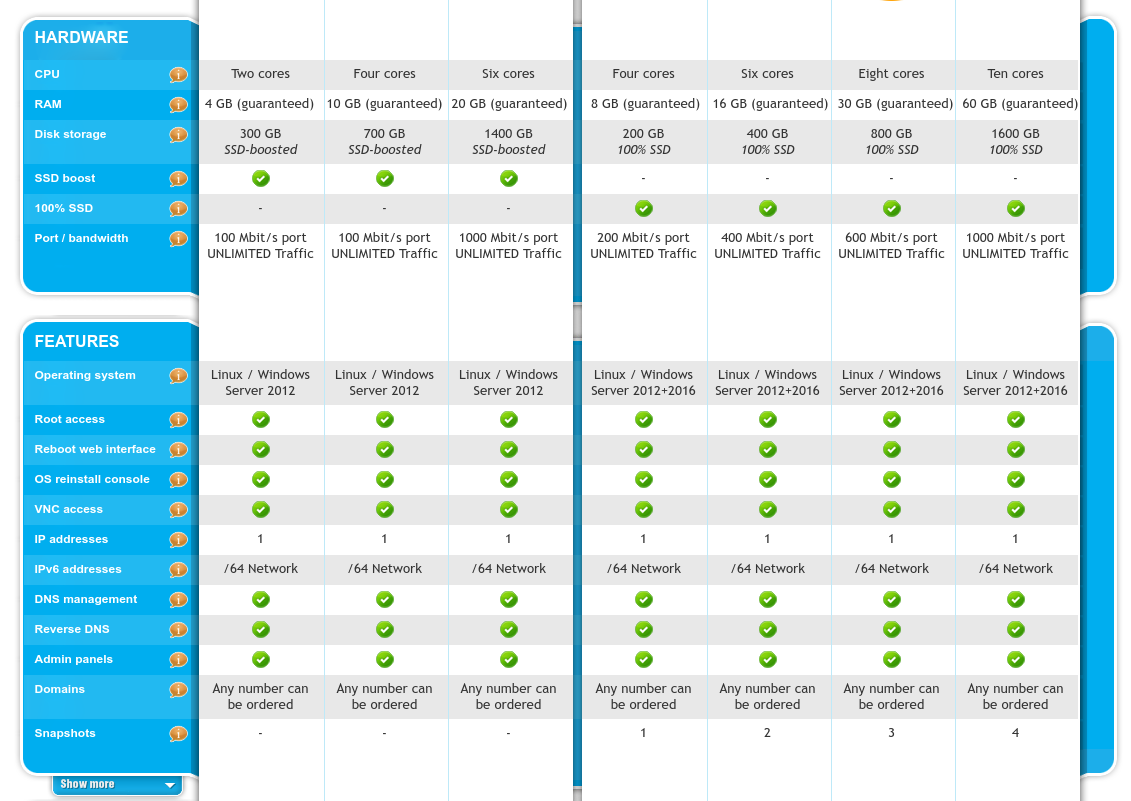

This can be a problem if you host your Jitsi Meet instance on a publicly accessible server as it will allow strangers to use your bandwidth and system resources. The out-of-the-box configuration for Jitsi Meet is that anyone that can access your server’s IP on the internet can start a video conference and invite anyone they want to join it. If you already have any of these ports open, these commands will not cause any problems.
#Jitsi server install
This command is safe to run even if you already have the universe repository enabled.įinally, update your package manager to grab the latest package list from the Jitsi repository and then install Jitsi Meet: Next, make sure that you have the Ubuntu universe repository enabled as you will need some packages from there:
#Jitsi server download
Now, download the Jitsi repositories GPG key:

Next, add the following line to this file: This allows you to install and maintain the latest Jitsi Meet packages on your system using the Ubuntu’s package manager apt.įirst, add the Jitsi repository to your system by creating a custom sources file by opening it with a text editor: The Jitsi developers have created a custom package repository for Ubuntu that contains the latest versions of all the Jitsi Meet packages. Using and the IP address 1.2.3.4 this line looks like:ġ.2.3.4 Install Jitsi Meet Then, add a line that has the following form to the bottom of this file: First, open /etc/hosts with a text editor, here the nano editor is used: Next, you need to edit your /etc/hosts file to locally resolve your Jitsi Meet server’s hostname name to your server’s public IP address. Set your server’s host name with the following command: Jitsi Meet requires that your server’s hostname matches the hostname that you will use for your video conference server. Log into your server as your non-root user to start the next section. A non-root user that has sudo privileges.This guide will use as the example hostname. A hostname name that resolves to your server’s public IP address.A single core virtual machine is sufficient to run Jitsi Meet. You should be acquainted with moving around the file system, installing packages and editing files. A beginner level familiarity with the Linux command line.Step 7.Before you begin this guide, should you have the following: What do we need to change? Please note that the steps below are only minimal required changes, you can tweak a lot more in this nginx configuration. It is located under /etc/nginx/sites-available/. The jitsi-meet package ships with an nginx configuration. Step 7 - Modify shipped nginx configuration We let the installer generate the certificate but won't use it. Time to register your certificate (don't forget to replace the email and domain with your certificate):Ĭertbot certonly -nginx -rsa-key-size 4096 -m -d Step 6 - Install Jitsi Meetįinally we can install jitsi-meet on our server.ĭuring the installation process you need to enter your chosen domain name (not the example !) and select the option to generate a self-signed certificate. We will use certbot from EFF for the Let's Encrypt certificates. Next we register Let's Encrypt certificates for TLS encryption. For performance reasons we install a webserver otherwise jitsi-meet will use a builtin java webserver called jetty.Īpt-get install nginx -y Step 5 - Register a certificate In case you already have a webserver installed you can skip this step.
#Jitsi server manual
These steps describe the manual installation process. usr/share/jitsi-meet/scripts/install-letsencrypt-cert.shĬontinue now with Step 8 below. Jitsi Meet also offers a script for this task.

It will be used to configure the virtual host. Step 4 - Install Jitsi Meetĭuring the installation process you need to enter your chosen domain name (not the example !). Otherwise scroll down to the manual installation. If you do not have any existing setup on this machine yet, you can use these steps. Jitsi Meet can install and configure a webserver and certificates itself. Also edit the hosts file under /etc/hosts and replace the default with the chosen FQDN, in this tutorial. If this server is for jitsi-meet only, then you should set the hostname with hostnamectl set-hostname talk. Apt-get update Step 3 - Configure the hostname (optional)


 0 kommentar(er)
0 kommentar(er)
